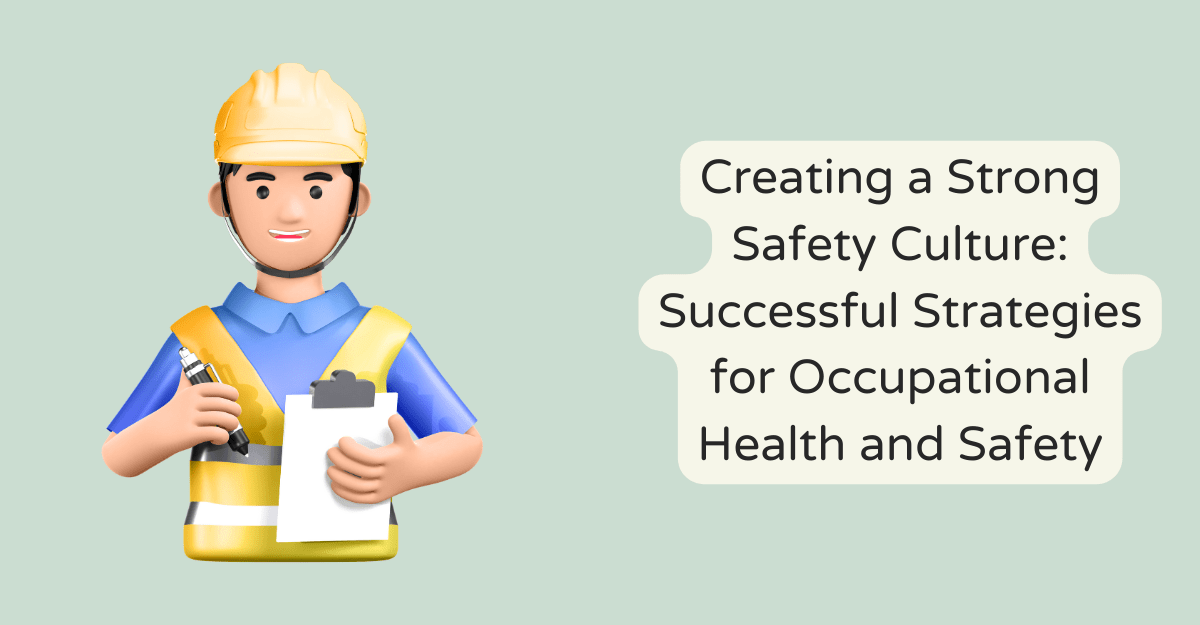
The Importance of Employee Engagement in Safety Practices
A robust safety culture thrives on employee involvement. Beyond adhering to safety regulations, engaged employees often bring forward innovative ideas that address safety concerns specific to their roles. Studies have demonstrated that when employees are more engaged in safety practices, workplace incidents decrease.
Facilitating employee involvement through transparent communication channels, such as safety suggestion programs or town hall meetings, enables a culture of safety to percolate through every level of an organization. Employees who feel their input is valued become active participants in cultivating a safe working environment.
Key Takeaways
- Employee engagement is vital in fostering a solid safety culture, reducing incidents, and promoting proactive safety improvements.
- Leadership commitment demonstrates safety as a core value within the company, encouraging employees to follow suit.
- Continuous learning ensures the workforce can handle safety concerns effectively and stay up-to-date with evolving regulations.
- Recognizing safety milestones inspires ongoing commitment from the workforce to safety protocols.
Integrating Safety Culture at the Leadership Level
How to improve safety culture? A strong safety culture is anchored at the highest levels of an organization. It’s crucial for executives and managers to not only talk about the importance of safety but also demonstrate their commitment actively. It can be achieved by investing in robust safety infrastructure, engaging in safety training alongside employees, and adhering to safety procedures without exception.
Visible leadership support for safety initiatives underscores their significance within the company and motivates a similar level of dedication across all employees. To further enhance this culture, organizations can Encourage open communication about safety concerns, allowing employees at all levels to voice suggestions or concerns without fear of reprisal.
Recognize and reward safe behavior and practices, reinforcing the positive impact of adhering to safety protocols. Continuously evaluate and update safety procedures based on feedback and new safety advancements, ensuring that practices remain practical and relevant.
Foster a collaborative environment where safety is seen as a collective responsibility, promoting teamwork in identifying and mitigating risks.
By implementing these strategies, the top-down approach to safety becomes deeply ingrained within the organization’s fabric, further solidifying a culture that values and prioritizes safety.
Data-Driven Approaches to Safety Management
Objective data analysis empowers organizations to identify risk areas and evaluate the effectiveness of safety protocols. By incorporating technologies that automate compliance tracking and risk assessments, companies can more easily discern trends that lead to incidents, enabling them to address these proactively.
Utilizing data analytics enhances the efficiency of safety programs and furthers the development of a predictive approach to preventing accidents before they occur. In a world increasingly driven by data, harnessing the power of analytics is vital in maturing a company’s safety culture.
Training and Education: Cornerstones of Safety Knowledge
Educational initiatives are fundamental in maintaining a knowledgeable workforce capable of upholding high safety standards. Tailored training programs that address specific job hazards and foundational safety principles enable employees to navigate day-to-day operations safely.
Furthermore, an emphasis on lifetime learning manifests in a workforce that is resilient to changes in safety regulation. Organizations can ensure safe knowledge retention by adopting varied teaching methods such as interactive sessions, e-learning modules, and practical workshops that cater to different learning styles.
Overcoming Challenges to Safety Culture Adoption
Introducing a new safety culture or revamping an existing one can encounter resistance within an organization. Open, honest dialogue about the benefits and the necessity of updates in safety practices can help overcome skepticism.
It is also crucial to align safety measures with operational efficiency goals so that adherence to safety doesn’t feel like a burden but rather a pivotal part of daily work. Simplifying safety protocols while maintaining their effectiveness fosters better compliance and integrates safety culture more naturally in the workflow.
Celebrating Safety Milestones and Individual Contributions
Recognizing and applauding safety achievements is an incentive and a way to reinforce safety as a priority across an organization. Reward systems and acknowledgment programs that highlight those demonstrating exemplary safety practices foster an environment where safety is respected and championed.
From award ceremonies to highlighting success stories in company communications, such recognitions highlight the importance of safety and motivate employees to engage in safe behaviors continuously. This acknowledgment goes a long way in cementing safety culture as a shared value among personnel.
Innovations and Trends in Occupational Safety
The landscape of occupational safety is constantly evolving with advancements in technology and shifts in the workforce. Innovative safety equipment, software for tracking safety metrics, and virtual reality for immersive training experiences are just a few of the developments reshaping the industry.
Businesses must stay updated with safety practices to ensure they remain practical and relevant. In addition to technology, cultural shifts such as remote and hybrid work arrangements pose new safety challenges that companies must adapt to, further underscoring the need for agility and foresight in safety management.
Monitoring and Enhancing Safety Culture Over Time
Creating a lasting safety culture is a dynamic process that demands continual oversight and refinement. Organizations should establish regular audits and assessments of their safety practices to uncover inefficiencies and areas for improvement.
Channels for collecting employee feedback on safety concerns are just as important as they provide insights vital for the iterative development of the safety culture. Adjusting policies to reflect the feedback and changing operational needs shows a responsive and proactive approach to workplace safety that keeps safety culture aligned with the organization’s growth and evolution.
Global Perspectives on Safety Culture
In today’s interconnected world, it is beneficial for organizations to look beyond their borders to enhance their safety practices. Different countries and cultures can offer varied and innovative approaches to safety that might be applicable in broader contexts.
Final Words
Adopting a global perspective for companies with international operations ensures that safety standards are consistently applied across all locations, facilitating a cohesive and inclusive safety culture. Global standardization of safety practices also helps multinational companies meet the diverse requirements set forth by international regulatory bodies.